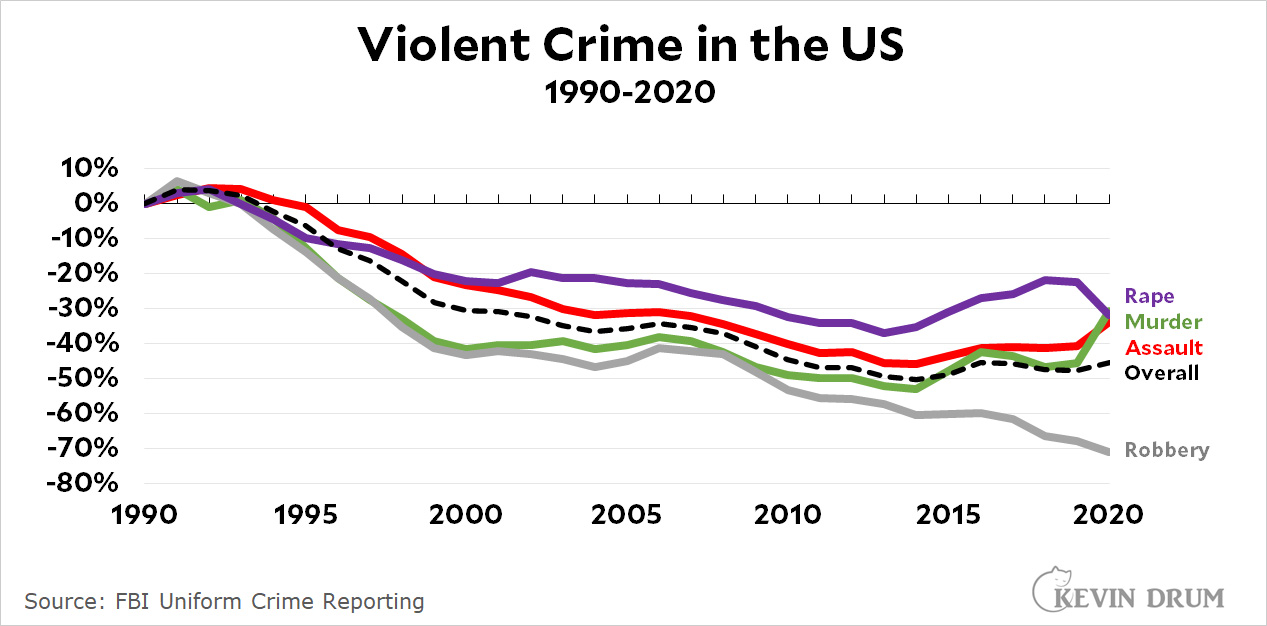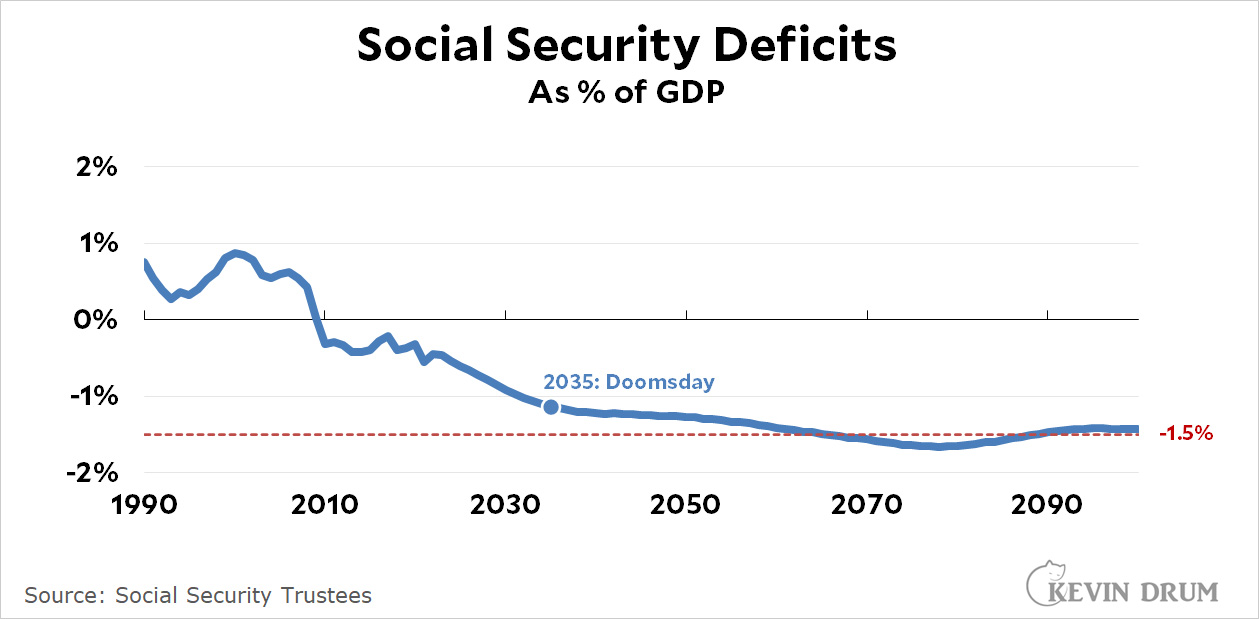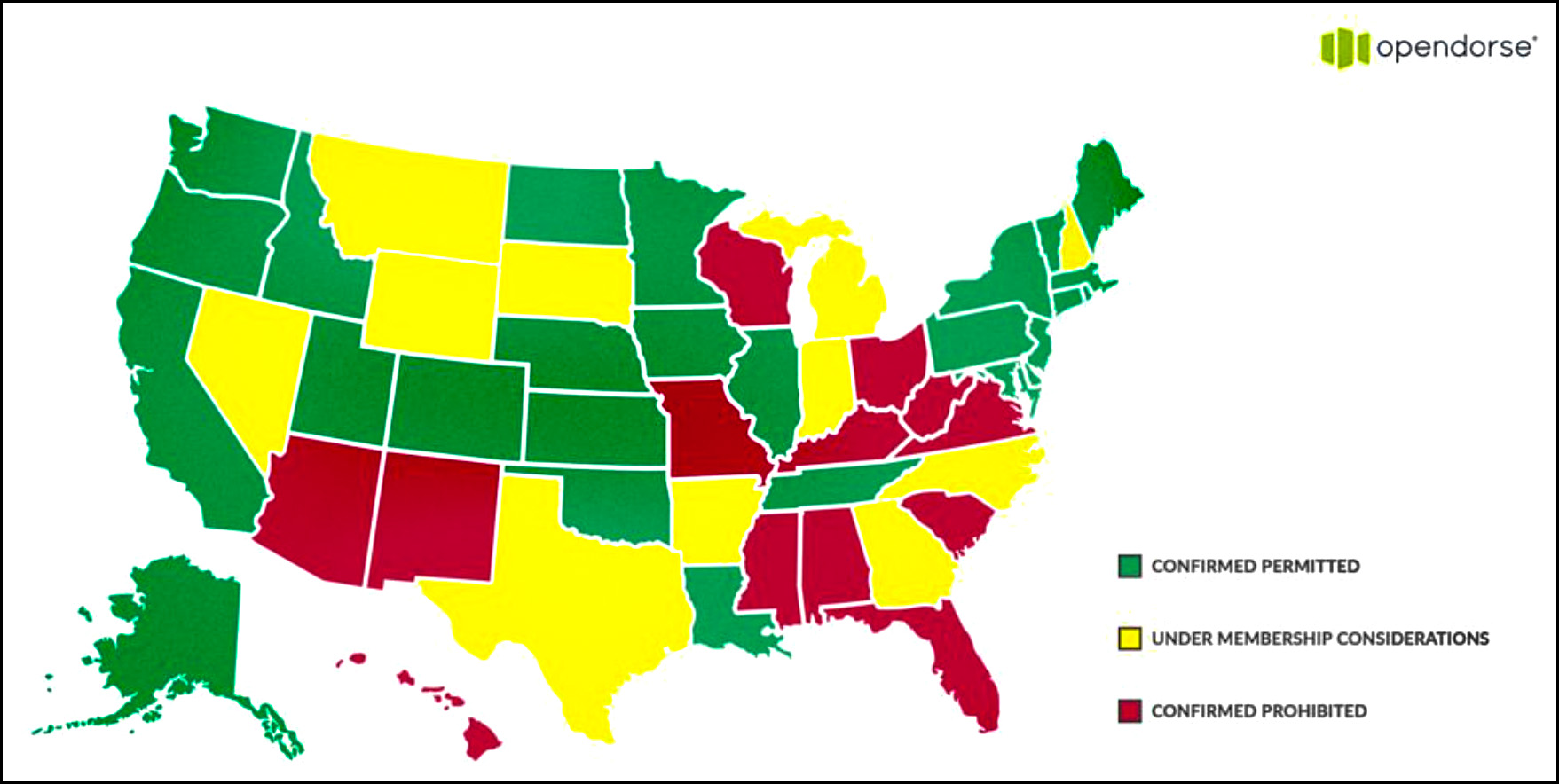What's the best way of comparing violent crime between countries, as I did yesterday? Lots of people are asking me this—in Twitter's usual polite fashion—so maybe you'd be interested in a brief primer.
The short answer is that it's really hard. The two biggest problems are both ones of measurement:
- Different countries put different sets of crimes into the "violent crime" basket.
- Reliability of reporting data differs considerably between countries.
In the US, there are four violent crimes: murder, rape, aggravated assault, and robbery. That's what I used in yesterday's chart. I didn't use a violent crime index from each country, I used just the rates for those four crimes and then converted them myself into a standard form (incidents per 100,000 population).
This takes care of the first problem but not the second, which itself can be broken into two primary components:
- Some crimes simply have vague definitions and therefore leave a lot of discretion in the hands of local police.
- Some countries have better reporting rates and better statistical services that make them publicly available. These are, unsurprisingly, the richer countries.
There's not a lot to be done about #1, and it's a problem even within the United States. The main offender is aggravated assault, which is by far the biggest component of overall violent crime. It's generally defined as either assault with a deadly weapon or the infliction of "severe" bodily injury. This is obviously a judgment call, and we just have to take what we can get.
Problem #2 is more serious. Not only is it likely to produce bigger discrepancies than #1, but it's impossible to get a handle on. In yesterday's chart, for example, Guatemala clocked in with a very low violent crime rate. That's ridiculous! But how do you know it's ridiculous? Only because you already have a preconceived notion of what the "real" crime rate is in Guatemala. But is your notion accurate? How do you know? Is it just because you've heard anecdotal reports, or because you really, truly have some knowledge about crime in Guatemala?
Now, I'm inclined to agree about Guatemala. Its violent crime rate, as calculated by outside sources, marks it very firmly as a high-crime country. However, the officially reported figures are very low.
There's not really a good answer to this problem of unreliable reporting. In yesterday's chart I was performing a comparison with another chart, so I had to use the same countries as the original. That meant including Guatemala. Normally I'd limit comparisons to similar-ish rich countries, where I trust that crime reporting is reasonably accurate. For example:
 Now we can finally get to the meat of this post: If comparisons of violent crime are so difficult, should we just use murder rates instead?
Now we can finally get to the meat of this post: If comparisons of violent crime are so difficult, should we just use murder rates instead?
The advantage of doing this is that murder is very well defined: If someone is dead and it's not a suicide, then it's murder. What's more, murders tend to get reported to police. It's hard for a dead body in the street to be ignored.
The downside is twofold. First, you're still getting numbers from a national authority, and there's no telling how reliable they are. Second, murder isn't a great proxy for overall violent crime. Partly this is because murder is rare: The US is a high-murder country, but even here it makes up barely more than 1% of all violent crimes. In other countries it's even less. Going solely by murder rates, for example, the US is 5x more dangerous than Germany. Going by overall violent crime, it's about 1.5x more dangerous.
Which do you think is more accurate? I'd go with the violent crime measure in a heartbeat. Thanks to the widespread availability of guns, our murder rate is relatively high, but no one thinks our overall crime rate is 5x that of Germany.
Here's my advice:
- If you're doing comparisons among rich countries, use violent crime. But even though it's a pain in the ass, make sure you use the same set of crimes for every country. It's more reliable than the murder rate.
- If you're making comparisons of relatively poorer countries, murder might be a decent proxy for overall violence. It's not great, but the violent crime rate is often useless, so it's better than nothing.
Finally, just to give you an idea of what different crime rates are like, here is violent crime in the US broken into its four constituents:
 Robbery is down 70% while murder is down only 30%. Using only one or the other as a proxy for all of violent crime provides a very distorted picture. This is why the overall rate of violent crime is best if you have even modest trust in the reliability of a country's national crime reporting.
Robbery is down 70% while murder is down only 30%. Using only one or the other as a proxy for all of violent crime provides a very distorted picture. This is why the overall rate of violent crime is best if you have even modest trust in the reliability of a country's national crime reporting.







